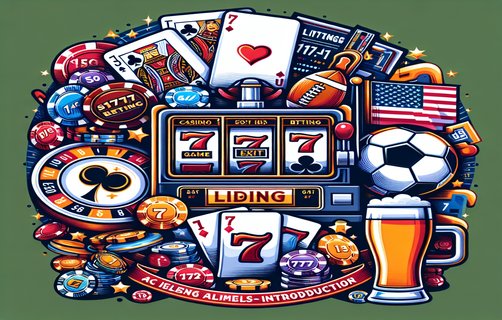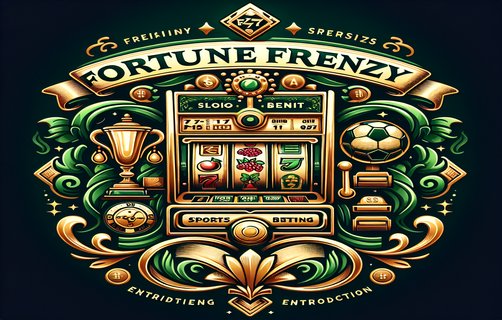Crafting Tomorrow: A Designer's Approach to Madhur Day Fast
The concept of a **Madhur Day Fast** is not merely about abstaining from food; it represents an opportunity for individuals to engage in profound reflection and mindfulness. Using a designer's thinking approach, we can draw parallels between this fasting practice and the essential components of design and innovation. The analysis can be structured around key elements: **Bonus terms**, **128-bit encryption**, **Easy registration**, **Adjusting to variance**, **User interface**, **Customer service response time**, and **Knowing when to quit**.
**Bonus terms** do not merely refer to incentives; they can also embody the additional benefits that the fasting experience brings. Just as design often seeks to exceed user expectations, fasting offers surprises: greater awareness, gratitude, and emotional clarity. Designers can interpret these bonuses as return on investment for their time and dedication. Understanding what users need not only enhances a design's value but also resonates with the transformative effects of thoughtful fasting.
Security, represented by **128-bit encryption**, is an essential concern in the digital age. Similarly, during the Madhur Day Fast, one must navigate the delicate balance between temptation and restraint. Just as robust encryption safeguards data, strong self-discipline can protect one's mental and emotional well-being. Designers must consider how to integrate security measures that feel seamless and unobtrusive in the user experience, paralleling the effort to cultivate personal boundaries during fasting.
**Easy registration** is critical in any user-driven design process. In the context of fasting, it can be likened to the initial commitment one makes to partake in the experience. Designers can streamline the registration process to facilitate user involvement through intuitive workflows and compelling calls to action. Fasting often begins with setting clear intentions and achievable goals, akin to establishing a user-friendly onboarding procedure in a well-designed application.
When it comes to **adjusting to variance**, flexibility is key in both design and the fasting process. Users may have different experiences and expectations, which should be embedded into a design’s adaptability. Much like a designer learns to accommodate user feedback and changing trends, a participant in a fast must adapt to their physical and emotional responses, allowing for a dynamic and enriching experience.

The **user interface** design remains crucial in any product; it should facilitate smooth interactions. In the fasting realm, think of the interface as the preparation and structuring of the fasting day. Just as designers focus on aesthetics and usability, an effective fast requires mental and emotional preparation to ensure a fulfilling experience. The interface of fasting involves setting the stage for mindfulness, clarity, and personal growth.

**Customer service response time** is another design consideration that translates into the fasting context. The speed at which one can access support or assistance can make or break user experience. In moments of hunger or cravings, immediate access to supportive communities, resources, or reflection can bolster the individual’s resolve. Designers can learn from this need to respond empathetically and efficiently to user needs.
Finally, **knowing when to quit** is perhaps one of the most insightful lessons from both fasting and design. In design, iterating and enhancing are vital, but it’s equally important to recognize when an idea or feature is not viable. Similarly, in the process of fasting, an individual must acknowledge their limits while appreciating the beauty in the challenge. The strength to step back can lead to healthier choices in both design and personal reflection.
In summary, the Madhur Day Fast is rich with analogies that feed into the world of design thinking. By exploring its challenges and intricacies through various lenses, we can gain a deeper appreciation for the interplay between personal exploration and the design process. Engaging in this creative analysis fosters not just improved design but a more thoughtful approach to life and its many challenges.
